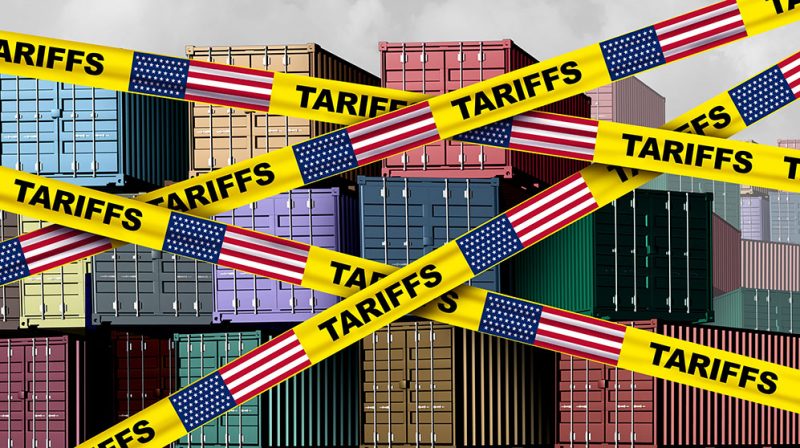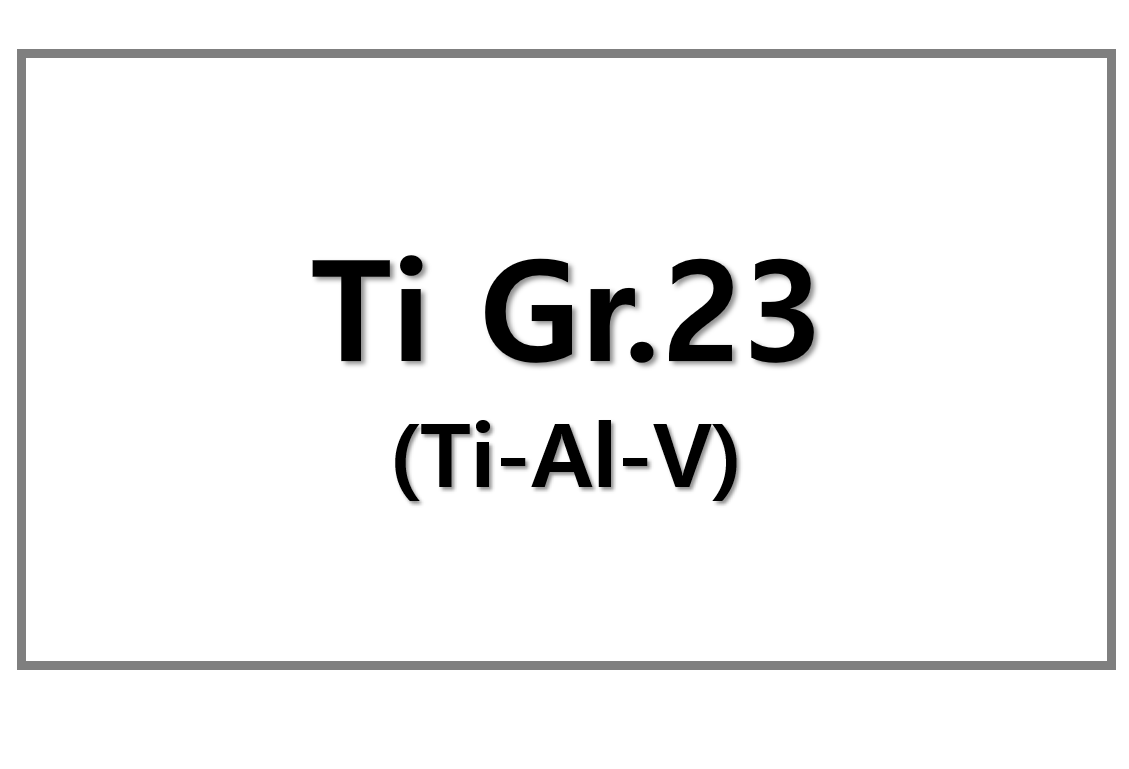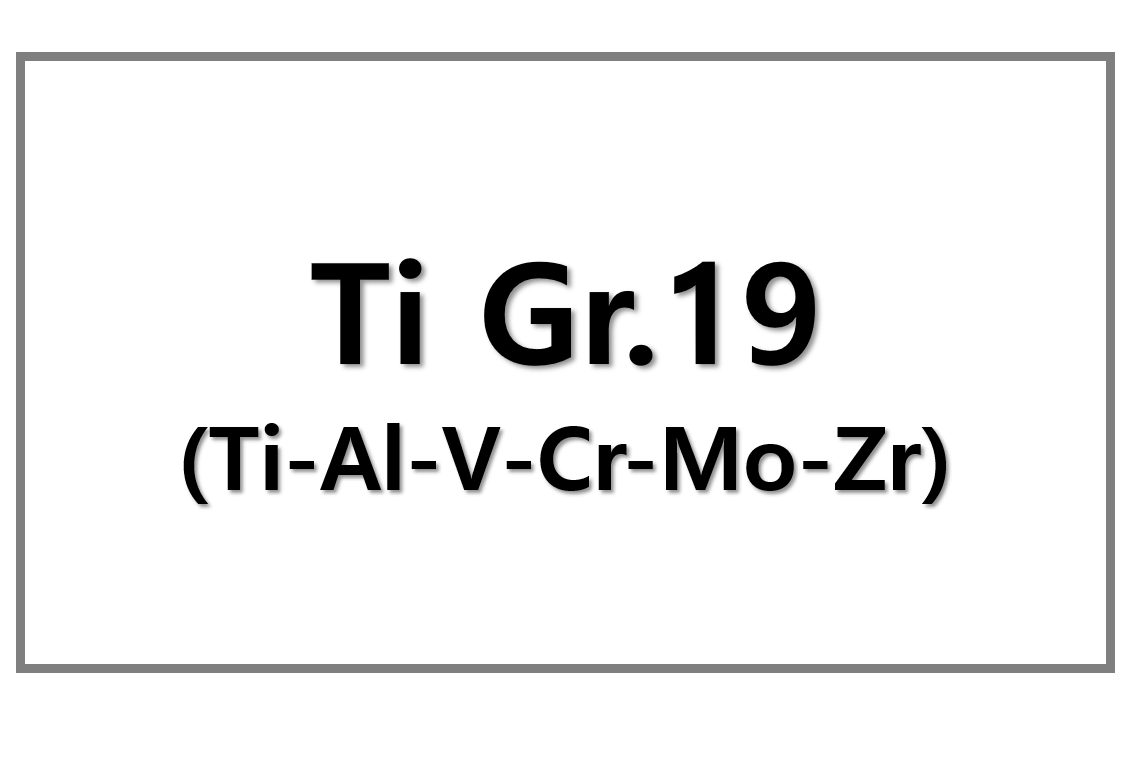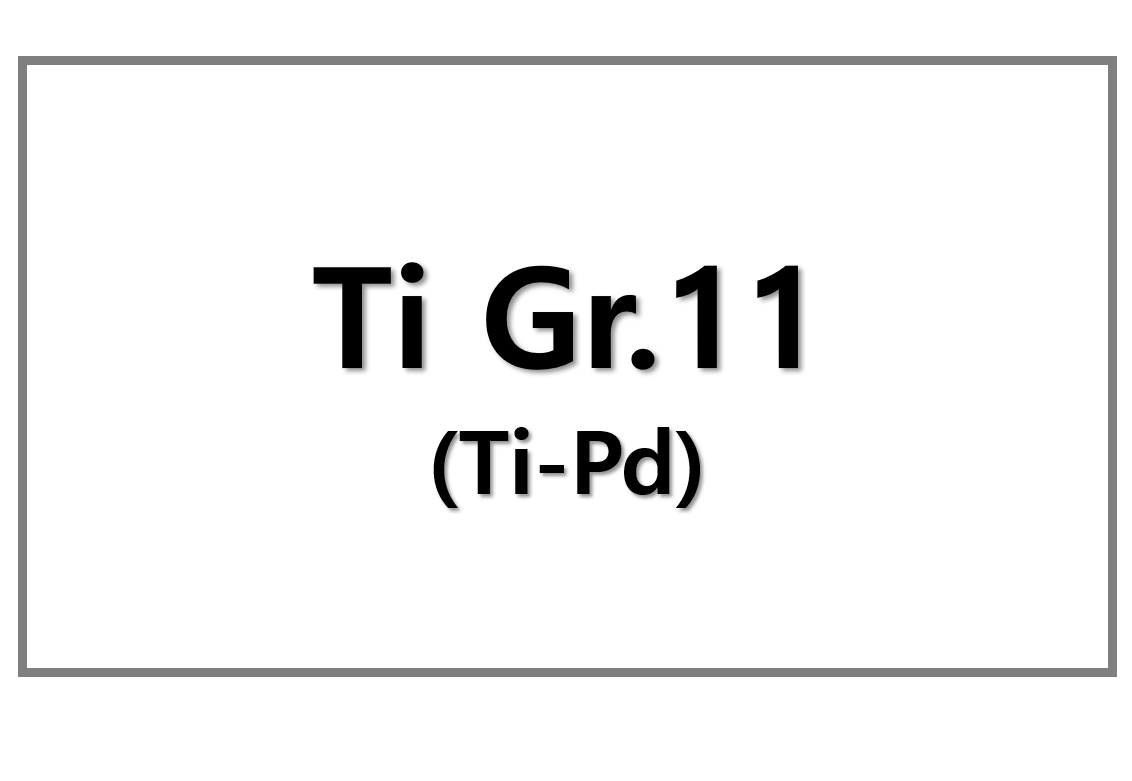
On April 9, President Donald Trump announced a 90-day pause on “reciprocal” tariffs. This pause aims to renegotiate trade agreements with 75 countries. Trump’s move responds to stock and bond market volatility. However, analysts question whether 90 days is enough to achieve substantial progress.
U.S. Bilateral Trade Talks with India and South Korea
U.S. Treasury Secretary Scott Bessent said that India might be the first to finalize a bilateral deal. India’s lower tariffs and minimal trade barriers make it an attractive partner. On April 24, Bessent mentioned that a U.S.-South Korea trade deal could happen soon, though no details were shared.
The Ongoing U.S.-China Tariff Confrontation
China has shown no intention of backing down. Despite talks of reducing tariffs, China remains firm in its position. President Trump said that tariffs on Chinese goods may be reduced but not eliminated. Some sources suggest the reduction could range from 50-65%, depending on future trade agreements.
China’s Ministry of Commerce criticized the U.S. for its unilateral tariff actions. It called for the complete removal of tariffs, urging the U.S. to listen to global concerns. Reports also suggest China may suspend the 125% tariff on certain U.S. imports, like medical equipment and industrial chemicals. Additionally, China may have quietly lifted some tariffs on U.S. semiconductors, though this remains unconfirmed.
Global Trade Tensions and Future Prospects
Both the U.S. and China face increasing pressure to resolve the tariff conflict. Bessent remains hopeful that tensions will ease in the coming months. However, he warned that a full trade agreement could take longer to finalize. The situation will likely shape future trade relations as the world watches closely.











Leave a Reply
You must be logged in to post a comment.